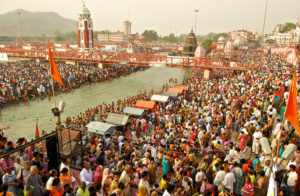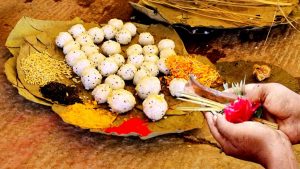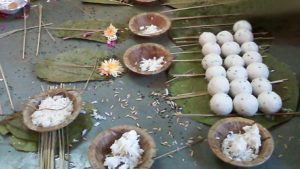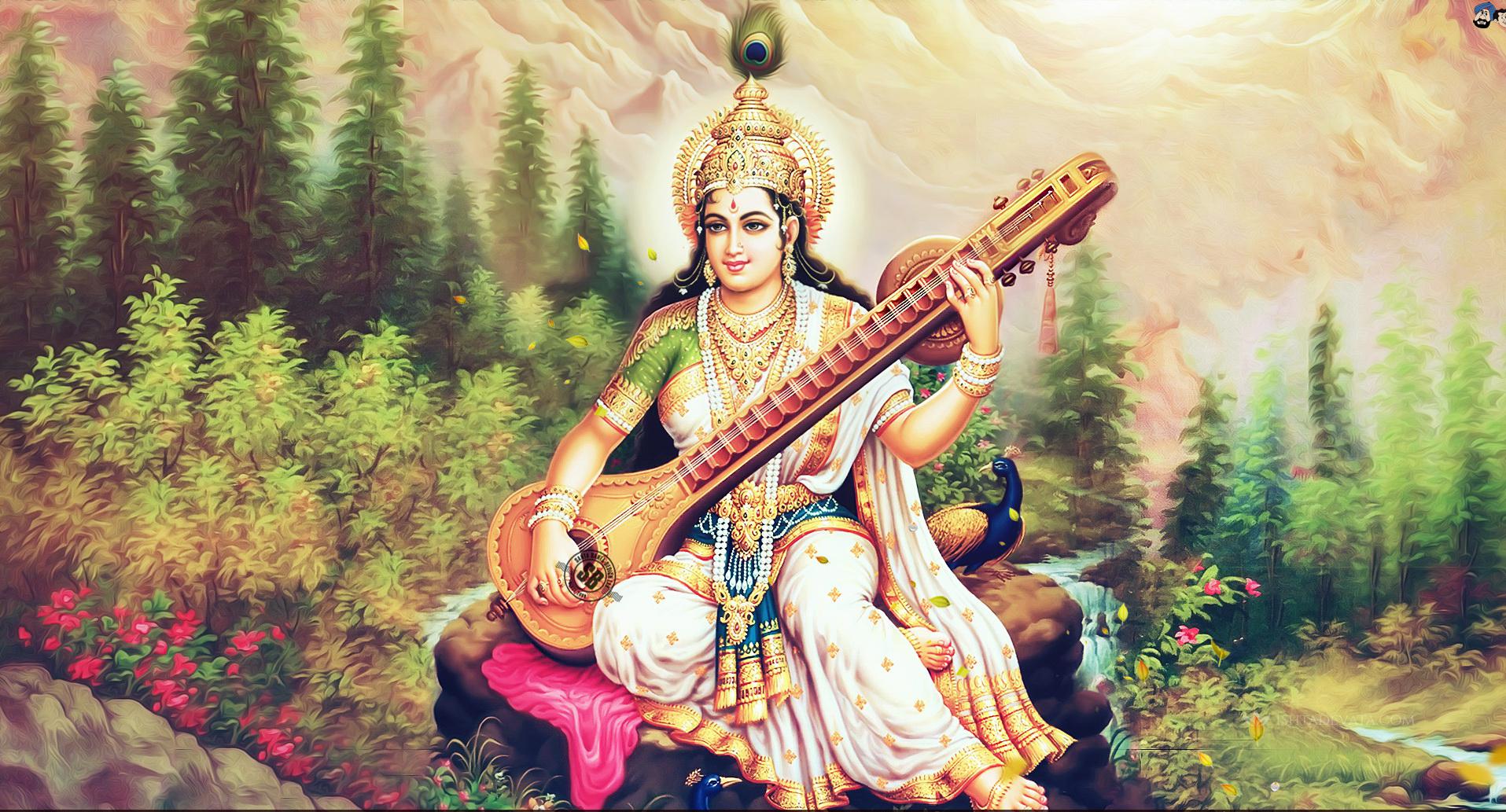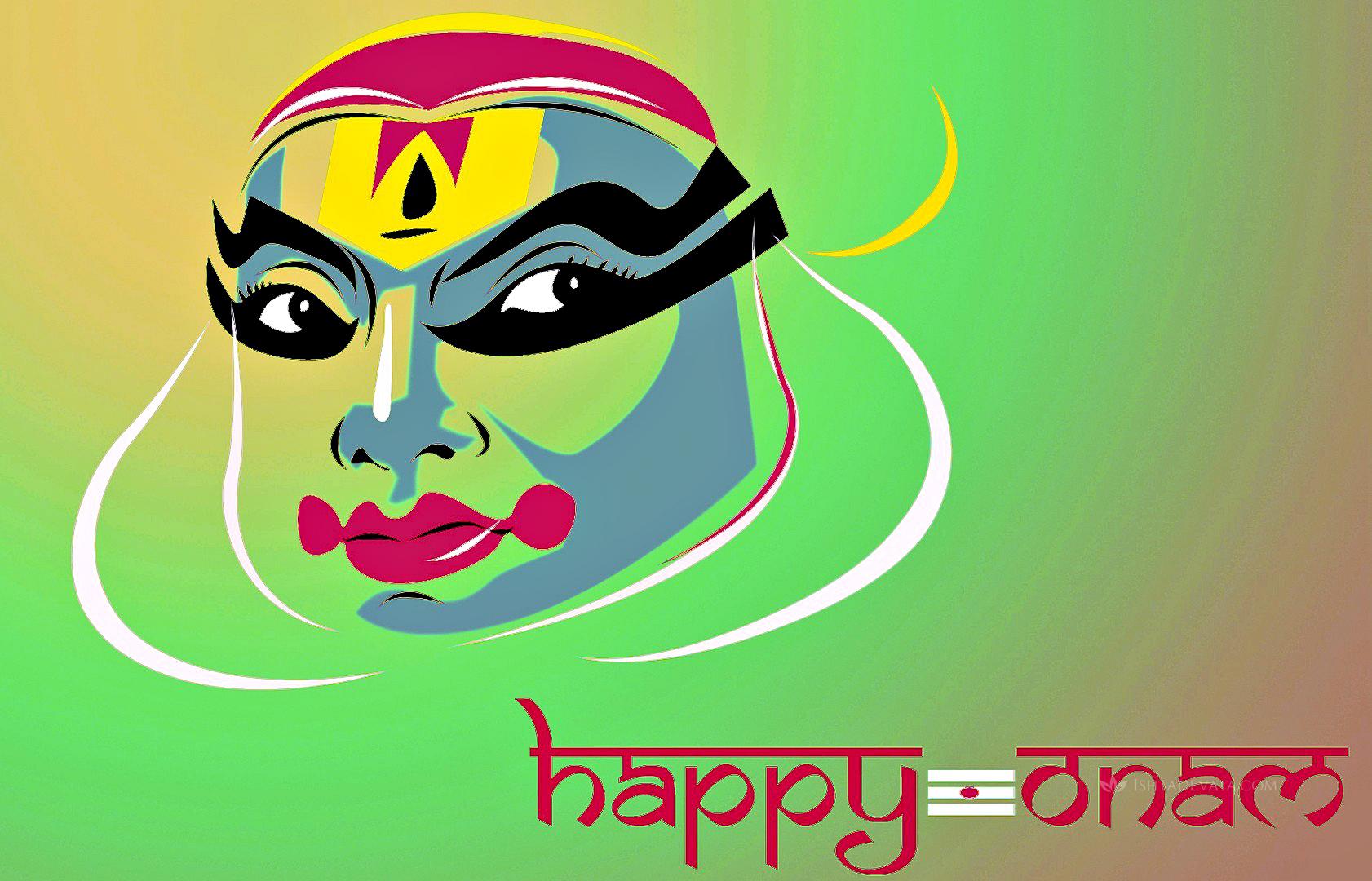Significance of Agni Nakshatram
A term that most of us are familiar with in associating with the heat, Agni Nakshatram is not really just one day of terrible heat – but a fourteen day period in May, marking the hottest part of the year. While it is certainly a time to grumble and bring on the coolants.
The last seven days of Chittirai and the first seven days of Vaikasi come under the umbrella of the Agni-Nakshatram fortnight. According to the legend of Palani, one may feel free to worship at the temple, or go around it, or worship from afar. This is called Girivalam, and is one of the most ancient practices till date. Back in the day, legend has it that Girivalam was done by siddhars, rishis, saints and several noble people, and it was mostly pursued for the sake of mental peace, for the consumption of medicinal herbs, and for seeking a cure to many physical ailments and diseases. People tend to wear the Kadamba flower during their circumambulation of the temple. This takes place twice a day – in the mornings from 1:00 AM to 10:00 AM, and in the evenings from 4:00 PM to 10:00 PM. On the last day, Muttukumarasami in Periyanayaki Amman Temple will distribute holy water in Ookkatti Mandapam at the foot of the hills. Then he will go round the hills and return to his temple.
The Agninakshatram trail begins in Bharani, in the third paada. Bharani and krittika, the two stars, are considered to be dreadful stars. The usual rule is no important events should be intiated on either of these days. It is believed that what is given on these days is never returned, and does not come back. On the flipside, one can take and borrow money from others – because conditions will arise where one doesn’t find it in them to return it – as unscrupulous as it might seem. Other than losing what one gives, there need not be any dread about bharani and krittika. This is why no auspicious events are performed in this period of time. Opposite this 7 -paada stretch is the sun’s debilitation, which starts from Vishaka -1 to Anusham (anuradha) 3 and stretches between Thula (Libra) and Vrischika – Scorpio (months of Ippasi and kaarthigai). This period is a cool ‘deepam’ period. The 6th day is counted from this is shashti – the soora samhara day. Agninakshatram stands for the hot conditions that preceded and prevailed at the time of creation (cosmic level), this is the opposite period, and stands for the destruction of enemies. In this phase, on the shashti part, the sun has moved 2 paadas more and will be in Mithuna (Gemini) in navamsa, and is directly opposite dhanus where the shashti falls. Thus the travel of the sun in the agni nakshthra signifies destruction.
There is a belief that agni nakshthra is a dosha kaalam for 21 days. This is based on the premise that the effect of any planetary movement starts one paadam before it enters a star and ends one paadam after its tail end. Rohini is a sthira nakshathra and is the first rate benefic for auspicious sthira kaaryams, so there is no need to bring it to dosham period beyond the justifiable limit.
Reach us to be a part of our whatsapp spiritual reminder group
